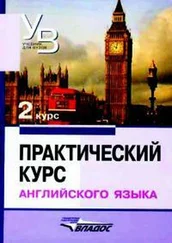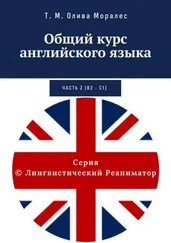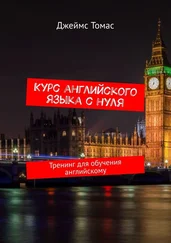not any (not) many a lot of a fewbooks
exercise-books
cups knivesr
on the table, on th,e desk.There *ssome no
not any (not) much a lot of little a littlechalk
bread
butter
sugar
milk
Is thereanybook cup knife plate
newspaperon the table? on the desk?Are thereany
many
fewbooks
exercise-books plateson the table? on the desk?
! 1
i 1 Is thereany
much
littlechalk
bread
butter
sugar
milk
83
The
clock
glass
is
cat
dog
boxes
pencils
are
books
on
under
the
desk, chair, bed. i sofa.
bookcase.
NUMERALS
101
— one hundred andone
245
— two hundred andforty-five
359
— three hundred andfifty-nine
712
— seven hundred andtwelve
2 018
— two thousand andeighteen
8 541
— eight thousand five hundred andforty-one
3 400 936
— three million four hundred thousand nine hundred
andthirty-six
84
Примечания. 1 В составных числительных перед десятками (а если их нет,
то перед единицами) ставится союз and
2
Числительные hundred, thousand, million не употребляются во
множественном числе Во множественном числе могут употребляться только
соответствующие существительные. Например' hundreds of thousands of people.
3
Годы обозначаются количественными числительными.
1900 — nineteen hundred,
1909 — nineteen nine или nineteen hundred and nine,
1977 — nineteen seventy-seven или nineteen hundred and seventy-seven.
Слово year после обозначения года не употребляется, но может
употребляться перед ним in the year nineteen twelve
Даты обозначаются порядковыми числительными, на письме и в чтении
25th January, 1912 the twenty-fifth of January, nineteen-twelve January
25th, 1912 или January the twenty-fifth, nineteen twelve, January 25, 1912.
PREPOSITIONS OF TIME
Для указания времени употребляются предлоги at, past, to, from, till.
e. g. Come atfive o'clock. Go there atseven. The train arrives atseven
thirty-two. It is half pasttwo. It is a quarter tothree. Leave your place ata
quarter tosix. He is at home fromthree tillfour.
EXERCISES
I. a) Study Substitution Table No. 1 and compose as many sentences
as you can. b) Let the members of the class ask and answer questions as
in the model. Give a short answer and add a sentence of your own with
the introductory there.
M o d e l : Is there any clock on your desk?
There is. And there is also a lamp on it.
c) Respond to the negative sentence of your fellow-student as in the model. Use
contracted forms in speech.
M o d e l : There aren't any knives on the table.
No, there aren't. There are only forks here.
d} Study Substitution Table No. 2 and compose as many sentences a$ you can.
e| Use the same sentences in short situations.
85
II. Transcribe the following words and explain the reading rules:
boot, prepare, ball, book, mere, meat, good, store, bread, care, palm, cure,
cold, last, plant, text, exam, rather, germ, hurt, hare, grasp, staff, bald, calf,
chalk, clasp, a talented dancer, a broken branch, a stone wall, a dull day, a
wise man, a cheap car, a big ship, a fat sheep, a naughty girl, a lazy boy, a rare
plant, a strict lady, a cold lake, a birthday present, Bertha's basket, spare time,
pure water.
III. Write the plural form of the following nouns. Transcribe them:
country, saleswoman, match, boy, sister-in-law, man, tooth, handkerchief,
potato, deer, piano, knife, lady, suffix, foot.
IV. Before you start working at the text, practise the sounds in the following
words and word combinations:
1. [A]— cousin, at once, husband, country, London, much,
but, come; [a] — large, aunt, farther, as far as; [ o : ]
— daughter, Georgie, four, North.
2. a) Linking r: yourwaunt, are^in Canada, where^is it,
faraway, as fai^s;
b) No voicing before voiced consonants: Thoma§J3rown, it'sfjust,
it'^jnuch;
c) No devoicing before voiceless consonants: Benny' SLЈOU-sins,
whos^children, Emily' SLfhildren;
d) Loss of plosion: but^granny, micijday.
V. a) Listen to the recording of the text "Doctor Sandford's Family". Mark the
stresses and tunes, b) Practise the text for test reading. Listen to the text very
carefully until you can say it in exactly the same way. c) Listen to the recording of
the dialogue "About Benny's Cousins". Mark the stresses and tunes, d) Practise the
dialogue for test reading. Listen to the text very carefully until you can say it in
exactly the same way. e) Memorize the dialogue and dramatize it.
V. Read the following:
1. VOld Mrs. 'Sandford is 'fifty-veight, | V Helen is 'twenty-xsix, I Doctor
-»Sandford is xthirty. 2. There are a -»lot of, exercise-books, I,pens I and
xpencils on the desk. 3. There are V not so 'many ,parks, 1,gardens | and
^squares in the town. 4. -»Show all the , rivers, |,lakes, | and xseas on the map.
VII. Answer the following questions:
A. 1. Is this a classroom? 2. Are there many desks in it? How many? 3. Are
there any chairs in the room? How many? 4. Are there any lamps in the room?
5. Are they on the walls? 6. How many lamps are there in it? 7. How many
windows are there in the room? 8. What colour are the walls? 9. What colour
are the desks? 10. What colour are the chairs? 11. Is there a blackboard on the
86
wall? 12. What colour is the board? 13. Are there any sentences on it? 14.
How many books are there on your desk? 15. Are they English or Russian?
16. How many exercise-books are there in your bag? 17. Are they thick or
thin? 18. Is this book thick or thin? 19. What is there on this table? 20. What is
there in that box?
B. 1. Is the box on the desk? 2. Are the pencils in the box? 3. Is the bag on
the desk or under it? 4. Is the fountain-pen on the bag or in the bag? 5. Is the
notebook in my hand or under it? 6. Are the notebooks on the desk or under
it? 7. Are the letters on the book or under it? 8. Where is the picture? 9. Where
Читать дальше

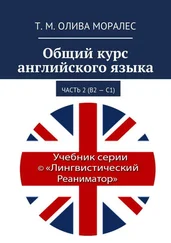

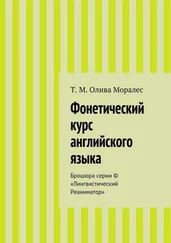
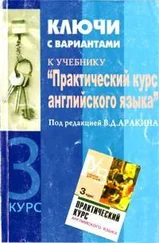
![Владимир Аракин - Практический курс английского языка 3 курс [calibre 2.43.0]](/books/402486/vladimir-arakin-prakticheskij-kurs-anglijskogo-yazyk-thumb.webp)

